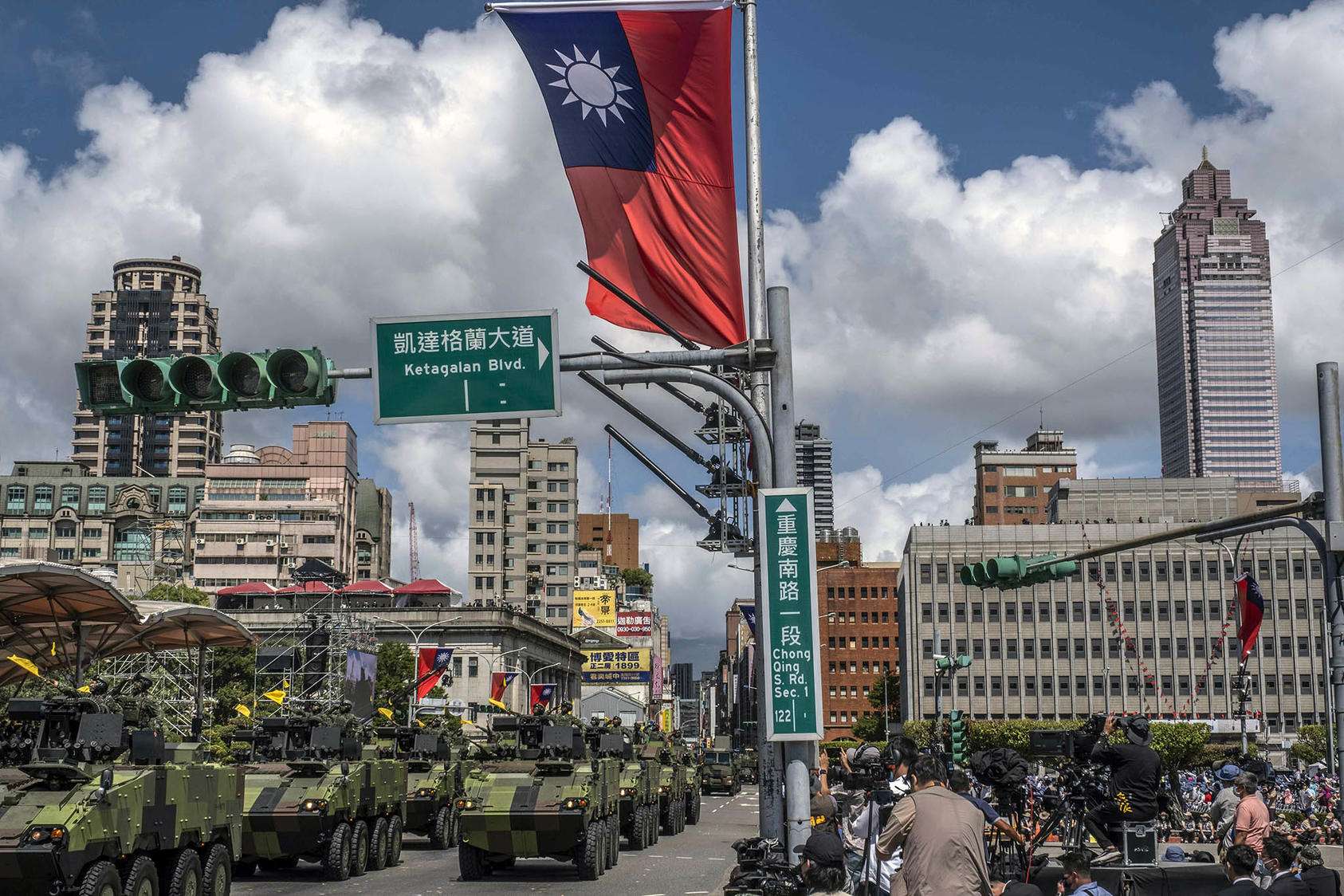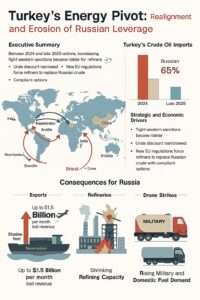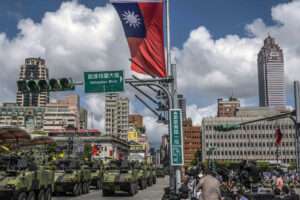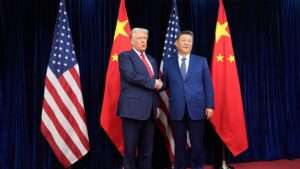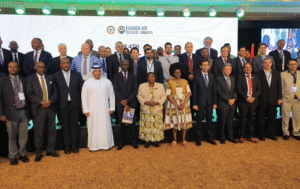By Ampamya Ronah
In the heart of the Pacific, a single island could ignite the next global conflict. Taiwan—democratic, technologically advanced, and strategically vital—has become the epicenter of a superpower showdown between the United States and China. What began as trade friction has escalated into an arms race and now teeters on the brink of open confrontation. Are we witnessing the prelude to a third world war, or is there still a path to de-escalation? This article traces the conflict’s historical roots, its recent escalations, and its far-reaching implications for the region and the world, drawing on official statements and strategic analyses.
The Taiwan question dates back to 1949, when Chiang Kai-shek’s Nationalist forces fled to the island after losing the Chinese Civil War to Mao Zedong’s Communists. Beijing has since insisted that Taiwan is an inalienable part of “one China,” a principle enshrined in its constitution and reiterated in every major policy document. Washington, meanwhile, maintains a policy of “strategic ambiguity” under the Taiwan Relations Act (1979), committing to supply defensive arms without formally recognizing Taiwanese independence.
For decades, this delicate balance held. But Xi Jinping’s rise has transformed the status quo. In multiple speeches—including his 2022 Party Congress address—Xi declared “reunification” a non-negotiable national goal, refusing to rule out force. The U.S. response has been equally firm: freedom of navigation operations in the Taiwan Strait, record arms sales to Taipei, and high-level visits that Beijing condemns as provocations.
2025 has marked an unprecedented surge in tensions. China launched its largest-ever live-fire exercises around Taiwan in August, simulating a full blockade with over 120 naval vessels and 70 aircraft. Taiwan’s President Lai Ching-te responded by activating emergency protocols and accelerating domestic semiconductor stockpiling. The U.S. Navy countered with a rare dual-carrier transit through the Strait, escorted by Japanese and Australian warships—a clear signal of coalition resolve.
Rhetoric has matched the maneuvers. A leaked PLA planning document, first reported by The Financial Times, outlined a 2027 “reunification timeline.” U.S. Defense Secretary Lloyd Austin warned Congress in September that “the risk of miscalculation is now higher than at any point since the Cuban Missile Crisis.” Meanwhile, Taiwan’s TSMC—the world’s leading chipmaker—has begun “silicon diplomacy,” relocating advanced nodes to Arizona and Japan to reduce vulnerability.
Taiwan produces over 60% of the world’s semiconductors and 90% of its most advanced chips. A conflict would cripple industries from smartphones to missiles. The Taiwan Strait also carries half of global container traffic; its closure would dwarf the Suez Canal blockage in economic impact.
Beyond economics, the crisis tests the post-1945 rules-based order. A Chinese victory could embolden revisionist powers elsewhere—think Russia in Ukraine or Iran in the Gulf. A U.S. failure to defend Taiwan, conversely, would shatter alliances from Seoul to Singapore.
Three scenarios dominate strategic thinking:
1. Integrated Deterrence: The U.S. and allies bolster Taiwan’s “porcupine” defenses—asymmetric weapons like mobile missiles and drone swarms—while expanding AUKUS and QUAD cooperation.
2. Managed Coexistence: Back-channel talks revive a “fourth communiqué” clarifying red lines, paired with confidence-building measures like hotline upgrades.
3. Hot Conflict: A misstep—say, a collision during drills—spirals into invasion. RAND war games estimate 10,000+ U.S. casualties in the first weeks, with global GDP contracting 10–15%.
Taiwan is not merely a territorial dispute; it is a referendum on whether might still makes right in the 21st century. The U.S. must balance resolve with restraint, China ambition with prudence, and Taiwan resilience with realism. As Sun Tzu warned, “The supreme art of war is to subdue the enemy without fighting.” In the shadow of the Taiwan Strait, that ancient wisdom has never been more urgent.

